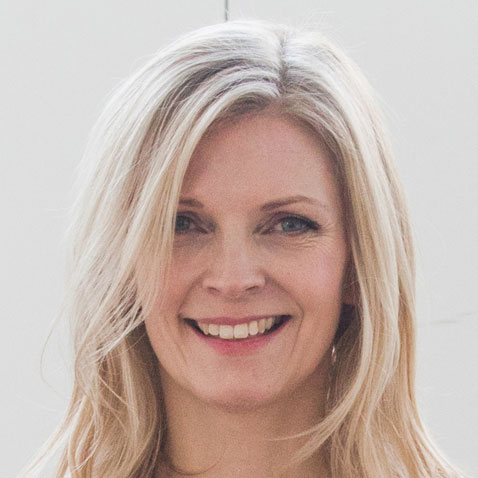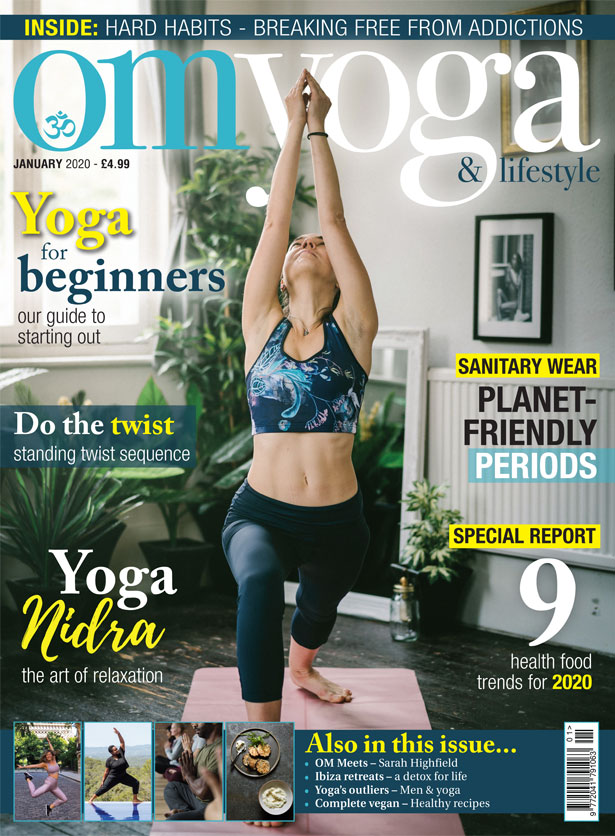
A 360º overview of...
Reverse Triangle Pose (Parivrtta Trikonasana)
With Dr Kiki Morriss
Reverse Triangle pose, or Parivrtta Trikonasana, strengthens, stretches and improves stability, balance and spatial awareness.
In Reverse Triangle pose your pelvis turns in one direction and your shoulders turn in another, creating a rotation of your spine and torso. The Reverse Triangle pose is often done in a sequence following Triangle pose (Trikonasana).
The benefits of this pose:
- Stretches and strengthens legs and hips
- Strengthens abdominal muscles.
- Twists spine.
- Opens chest and shoulders.
- Improves stability, balance and spatial awareness.
Cautions:
- Practice this rotated forward bend position with caution, particularly if you have any back injuries or issues. Be aware of your natural range of movement and seek 1:1 expert guidance if necessary.
- If you have any neck discomfort or injury, try keeping your gaze directed towards the ground or look straight ahead.
Ways of practicing:
- Place a yoga brick under your lower hand if it does not comfortably reach the floor. Notice how this helps to create an even length on either side of your torso.
- Place your lower hand on the ground on the inside of your front foot.
- Place your upper hand on your hip.
- Press your back heel against a wall.
MOVING INTO THE POSE
- Stand with your feet about 100-120 cm apart and your arms stretched to the sides at shoulder height. Turn your right foot out 90 degrees and your left foot in about 30-45 degrees.
- Line up your right heel with your left instep.
- On an exhalation turn your upper body to the right, so that your pelvis is facing the top edge of your mat as much as possible.
- Bend forwards over your right leg and continue to turn your upper body to the right.
- Bring your left hand to the ground on the outside of your right foot.
- Extend your right arm up, turn your head and look up.
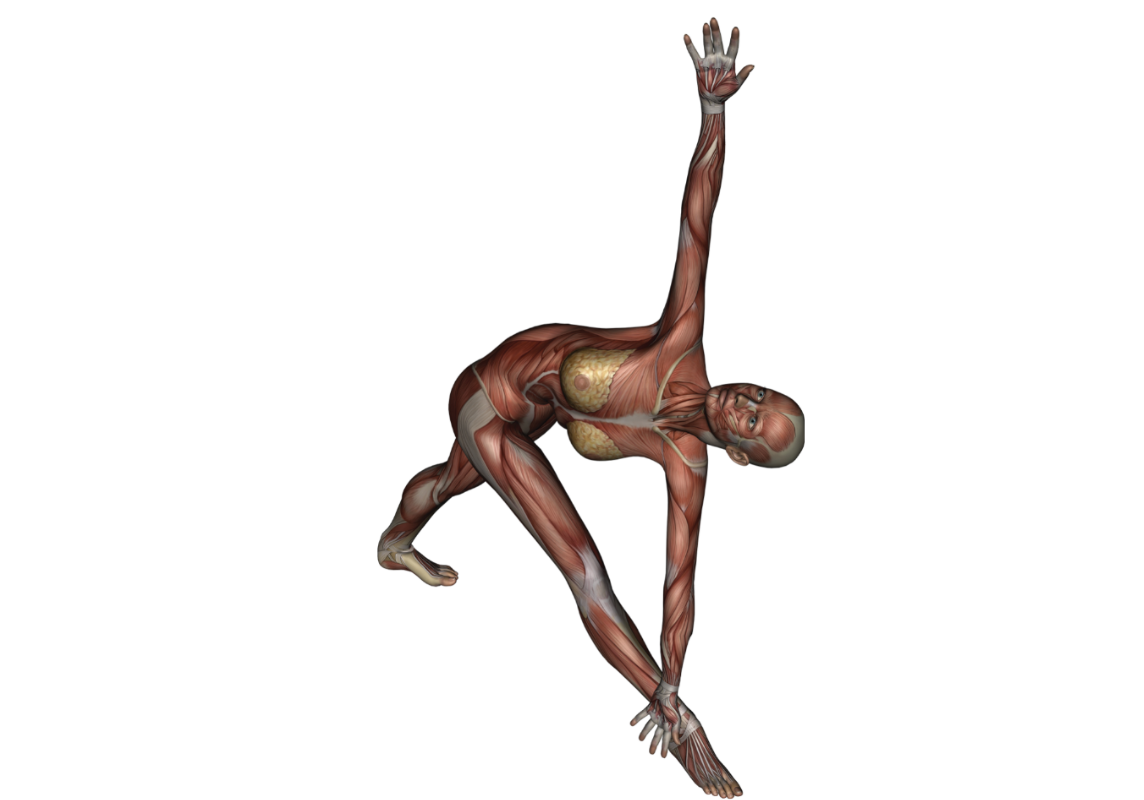
FOCUS YOUR GAZE
- Rotate your cervical spine to turn your head to face upwards. Your dristi (focal point) is at your raised hand. Use your gaze to help steady you in the pose.
- If you lose your balance or if it is more comfortable for your neck, try gazing at a fixed point on the ground or straight ahead of you.
COMING OUT OF THE POSE
- On an inhalation, come up slowly to an upright position.
- Repeat the pose on the other side.
FOCUS ON YOUR LOWER HAND
- Rest your lower hand lightly on the ground rather than placing weight on it.
FOCUS ON YOUR TRUNK & BACK
- Rotate your trunk using the internal oblique muscles of the abdomen on your upper side and the external oblique muscles on your lower side.
- Feel a stretch of your major back muscles including your latissimus dorsi.
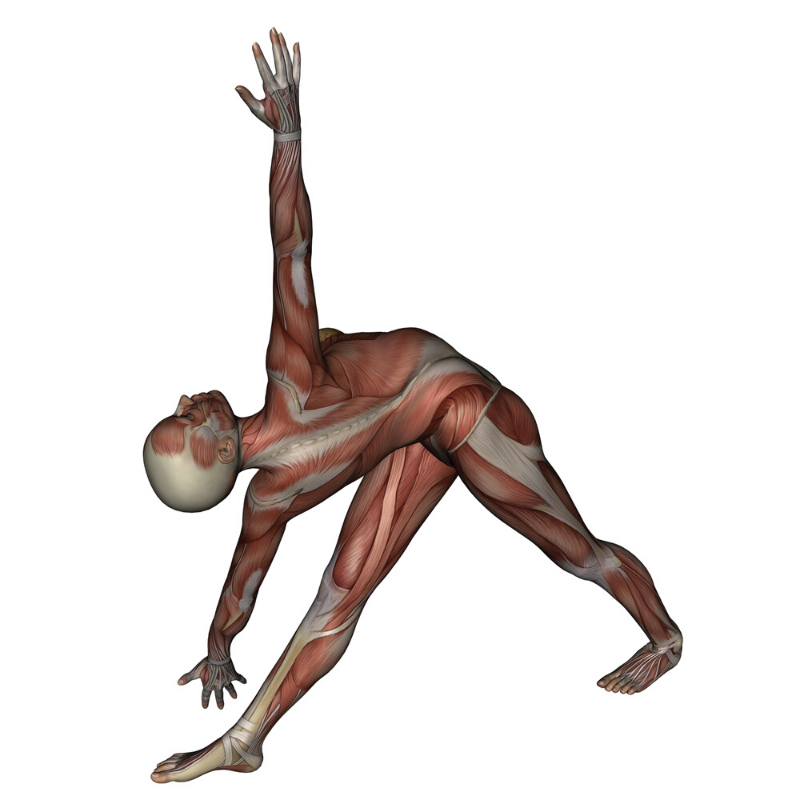
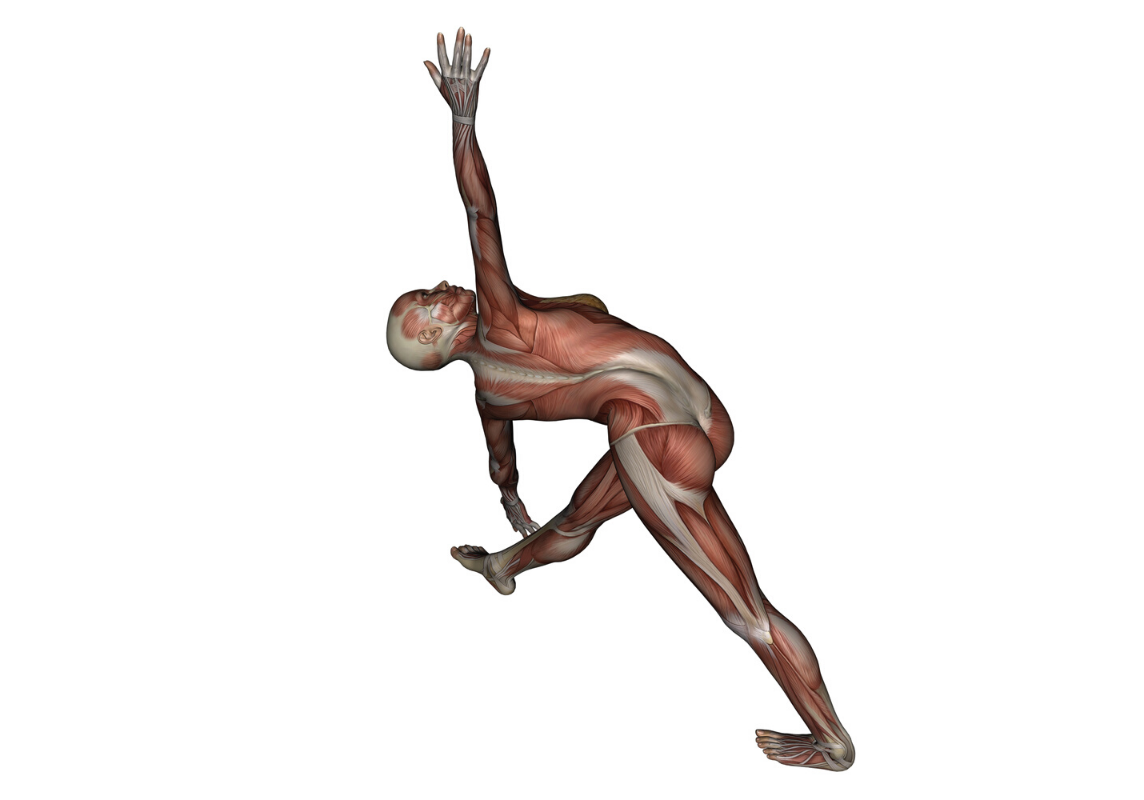
FOCUS ON YOUR SHOULDERS AND ARMS
- Draw your upper shoulder back so it is in a direct line with your lower shoulder. This will help open your chest. Avoid letting your upper shoulder drop forwards.
- Your upper shoulder externally rotates and abducts and your lower shoulder internally rotates and abducts.
- Use your triceps to straighten both your arms. This action will stretch your biceps and brachialis muscle.
- Draw your scapula towards your midline by activating your rhomboids.
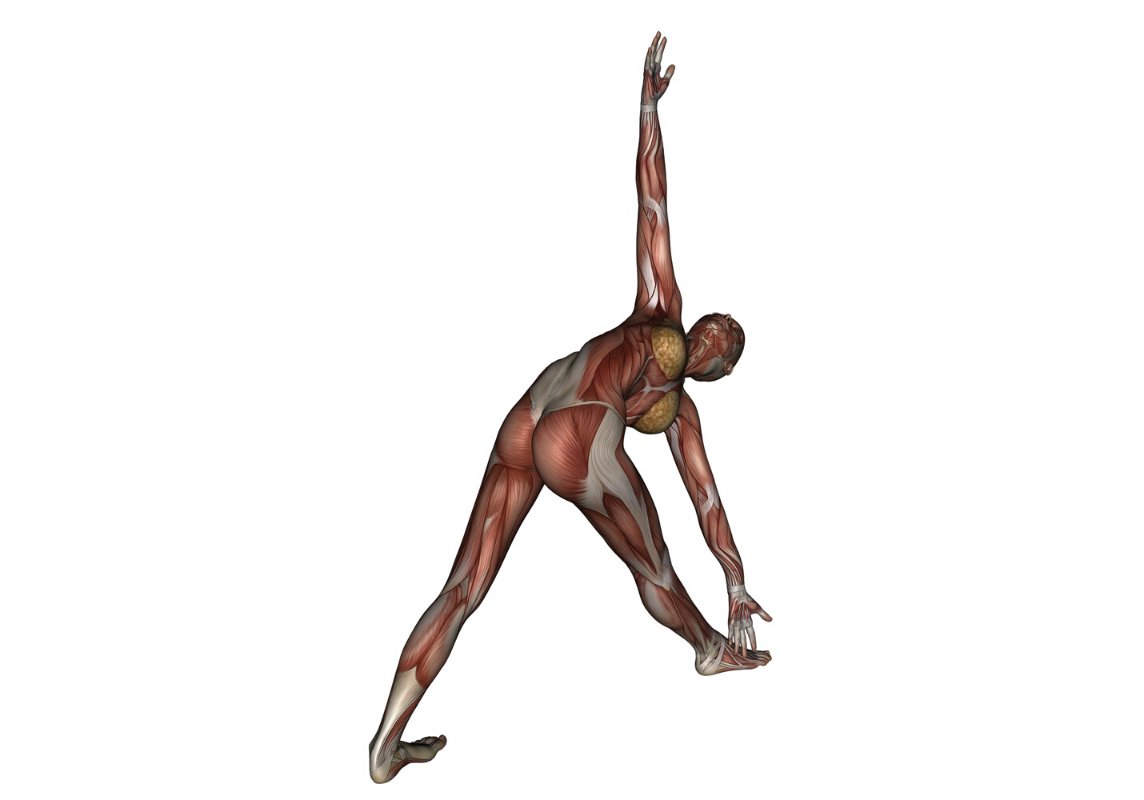
CREATE STABILITY THROUGH YOUR LEGS
- Extend both your knees using your quadriceps.
- Stretch the hamstrings of both your legs.
- Stretch the gastrocnemius and soleus of your back leg.
- Create a strong foundation with your lower body to maintain balance and stability.
FEEL GROUNDED THROUGH YOUR FEET
- It is common for your weight to shift to the outer edge of your front foot. Bring your weight back to the ball of your foot.
- Press the outer edge of your left foot down to increase the stability of your lower body.


